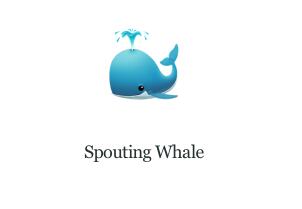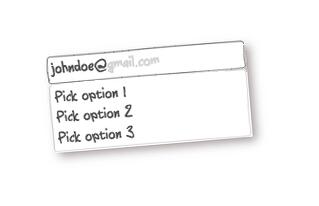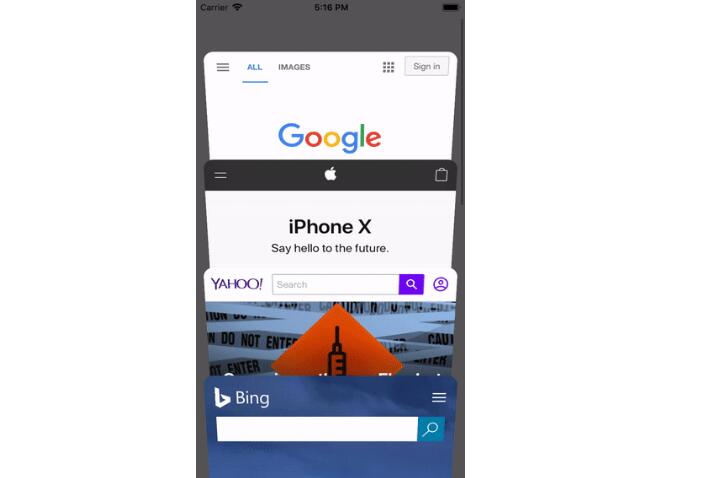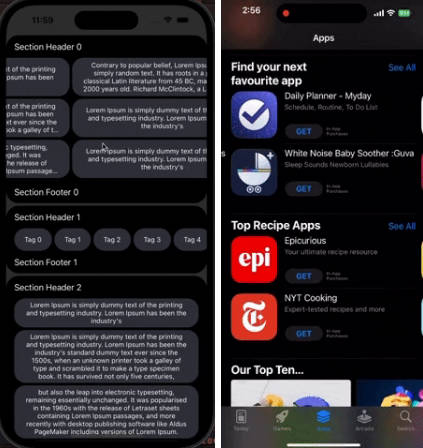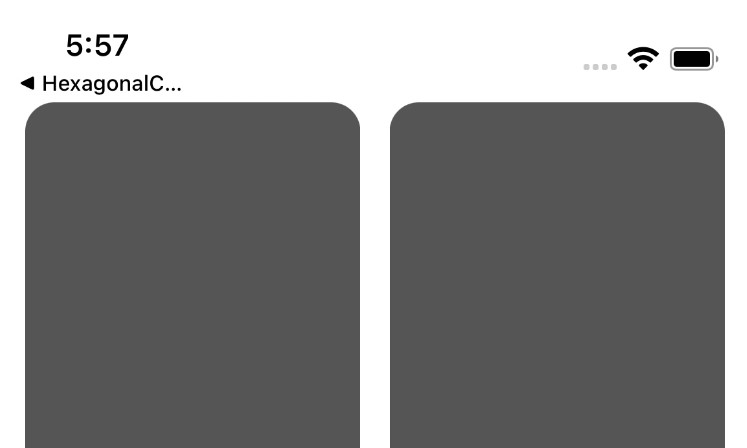Layoutless
Layoutless enables you to spend less time writing UI code. It provides a way to declaratively style and layout views. Here is an example of how UI code looks like when written against Layoutless:
class ProfileView: View {
let imageView = UIImageView(style: Stylesheet.profileImage)
let nameLabel = UILabel(style: Stylesheet.profileName)
override var subviewsLayout: AnyLayout {
return stack(.vertical, alignment: .center)(
imageView,
nameLabel
).fillingParent(insets: 12)
}
}
Layoutless is not just another DSL that simplifies Auto Layout code, rather it is a layer on top of Auto Layout and UIKit that provides a way to abstract common layout patterns and enable consistent styling approach. It is a very lightweight library - around 1k lines of code.
There are three main features of Layoutless.
Layout Patterns
In order to make UI code more declarative, one has to have a way of abstracting and reusing common layout patterns like the sizing of views, laying a view out in a parent or stacking and grouping multiple views together. Layoutless makes this possible by providing types that enable you to make such patterns.
Basic Patterns

Walkthrough
Imagine that we need to build a news article screen where we have an image on top and a text below it representing the article body. First, we would define our views like:
let imageView = UIImageView()
let bodyLabel = UILabel()
Let us now build our layout. A layout is something that defines how individual views are sized, positioned and structured withing a view hierarchy. Layoutless can represent layout with the Layout type, however, we rarely have to work with it directly because the framework provides extensions methods on UIView and few global functions that can be used to build layouts.
For example, to stack our two views vertically, we can use stack function:
let layout = stack(.vertical)(
imageView,
bodyLabel
)
Next, we would prefer if the body would have some side margins, so it is not laid out from the edge to the edge of the screen. That is as simple as insetting a view:
let layout = stack(.vertical)(
imageView,
bodyLabel.insetting(left: 18, right: 18)
)
All fine, until we hit a news article that does not fit on the screen. Oh boy, not scroll views... Well, with Layoutless they are a joy. To make our stack scrollable, all we have to do is chain one more method call:
let layout = stack(.vertical)(
imageView,
bodyLabel.insetting(left: 18, right: 18)
).scrolling(.vertical)
Now our stack is vertically scrollable. Finally, we need to define how our scrollable stack is laid out within the parent. We want to fill the parent, i.e. constrain all four edges to the parent's edges. We can do this:
let layout = stack(.vertical)(
imageView,
bodyLabel.insetting(left: 18, right: 18)
).scrolling(.vertical).fillingParent()
What we end up with is a layout variable that is an instance of the Layout type. It represents a description of our layout. Nothing has actually been laid out at this point yet. No constraints have been set up yet. To build the layout and make the framework create all relevant constraints and intermediary views, we need to lay our layout out:
layout.layout(in: parentView)
And that's it! The framework will create necessary Auto Layout constraints, embed the stack into a scroll view and add that as a subview of our parent view. To learn more about additional layout patterns, peek into the implementation. It's crazy simple! You can easily create your own patterns. If you think you have something that could be useful for everyone, feel free to make a PR.
Keep reading if you wish things were even simpler.
Base Views
Building declarative layouts is an awesome experience, but that last line to lay our layout out is not really declarative, it is an imperative call and we are not happy about it.
What we need is a place where we can just put our layout and let the "system" decide when it needs to be laid out. For that reason, Layoutless provides subclasses of base UIKit views that we should use as building blocks for our layouts. Those subclasses are very trivial, but they enable us to do this:

class ArticleView: View { // or ArticleViewController: ViewController
let imageView = UIImageView()
let bodyLabel = UILabel()
override var subviewsLayout: AnyLayout {
return stack(.vertical)(
imageView,
bodyLabel.insetting(left: 18, right: 18)
).scrolling(.vertical).fillingParent()
}
}
View is basically a UIView subclass with subviewsLayout property that we can override to provide our own layout. That is all there is to it. Check it out.
Layoutless provides base views like: View, Control, Label, Button, ImageView, TextField, etc.
Styling
For UI code to be more declarative, apart from solving the layout problem, we also have to solve the styling problem. It turns out, there is a very simple solution to that problem. You can find a detailed explanation of the solution presented in the article about it, so let's just see how it works.
We will define something called Stylesheet in an extension of the view or the view controller we are about to style. A Stylesheet is just a namespace (i.e. an enum) with a collection of styles.
extension ArticleView {
enum Stylesheet {
static let image = Style<UIImageView> {
$0.contentMode = .center
$0.backgroundColor = .lightGray
}
static let body = Style<UILabel> {
$0.font = .systemFont(ofSize: 14)
$0.textColor = .black
}
}
}
As you can see, each style is an instance of Style type. You create Style by providing a closure that styles a view of a given type. That's all there is to it.
To use our styles, we will just instantiate our views using the convenience initializers provided by the framework:
class ArticleView: View {
let imageView = UIImageView(style: Stylesheet.image)
let bodyLabel = UILabel(style: Stylesheet.body)
...
}
?
Requirements
- iOS 9.0+ / tvOS 9.0+
- Xcode 9
Installation
Carthage
github "DeclarativeHub/Layoutless"
CocoaPods
pod 'Layoutless'
Communication
- If you would like to ask a general question, open a question issue.
- If you have found a bug, open an issue or do a pull request with the fix.
- If you have a feature request, open an issue with the proposal.
- If you want to contribute, submit a pull request (include unit tests).
